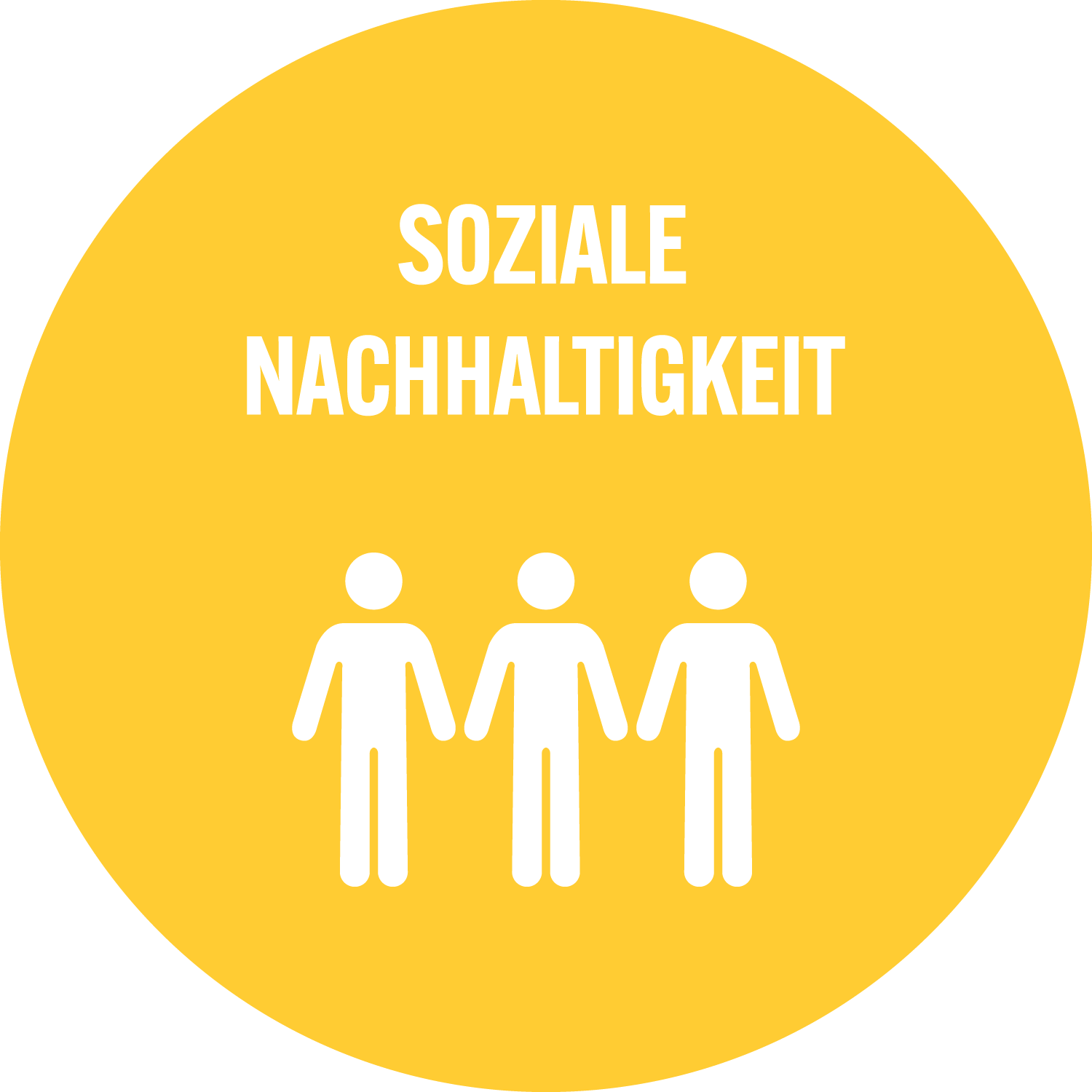|
Heritage Speakers as Part of the Native Language ContinuumWiese, Heike ; Alexiadou, Artemis ; Allen, Shanley E. M. ; Bunk, Oliver ; Gagarina, Natalia ; Iefremenko, Kateryna ; Martynova, Maria ; Pashkova, Tatiana ; Rizou, Vicky ; Schroeder, Christoph ; Shadrova, Anna ; Szucsich, Luka ; Tracy, Rosemarie ; Tsehaye, Wintai ; Zerbian, Sabine ; Zuban, Yulia
BASE:
Wiese, Heike
;
Alexiadou, Artemis
;
Allen, Shanley E. M.
;
Bunk, Oliver
;
Gagarina, Natalia
;
Iefremenko, Kateryna
;
Martynova, Maria
;
Pashkova, Tatiana
;
Rizou, Vicky
;
Schroeder, Christoph
;
Shadrova, Anna
;
Szucsich, Luka
;
Tracy, Rosemarie
;
Tsehaye, Wintai
;
Zerbian, Sabine
;
Zuban, Yulia
Google Scholar: Wiese, Heike ; Alexiadou, Artemis ; Allen, Shanley E. M. ; Bunk, Oliver ; Gagarina, Natalia ; Iefremenko, Kateryna ; Martynova, Maria ; Pashkova, Tatiana ; Rizou, Vicky ; Schroeder, Christoph ; Shadrova, Anna ; Szucsich, Luka ; Tracy, Rosemarie ; Tsehaye, Wintai ; Zerbian, Sabine ; Zuban, Yulia ORCID: Wiese, Heike ; Alexiadou, Artemis ; Allen, Shanley E. M. ; Bunk, Oliver ; Gagarina, Natalia ; Iefremenko, Kateryna ; Martynova, Maria ; Pashkova, Tatiana ; Rizou, Vicky ; Schroeder, Christoph ; Shadrova, Anna ; Szucsich, Luka ; Tracy, Rosemarie ; Tsehaye, Wintai  ORCID: 0000-0001-7963-1208 ; Zerbian, Sabine ; Zuban, Yulia ORCID: 0000-0001-7963-1208 ; Zerbian, Sabine ; Zuban, Yulia
|
 |
Eintrag anzeigen |


 Creative Commons Namensnennung 4.0 International (CC BY 4.0)
Creative Commons Namensnennung 4.0 International (CC BY 4.0)

 Suche Autoren in
Suche Autoren in